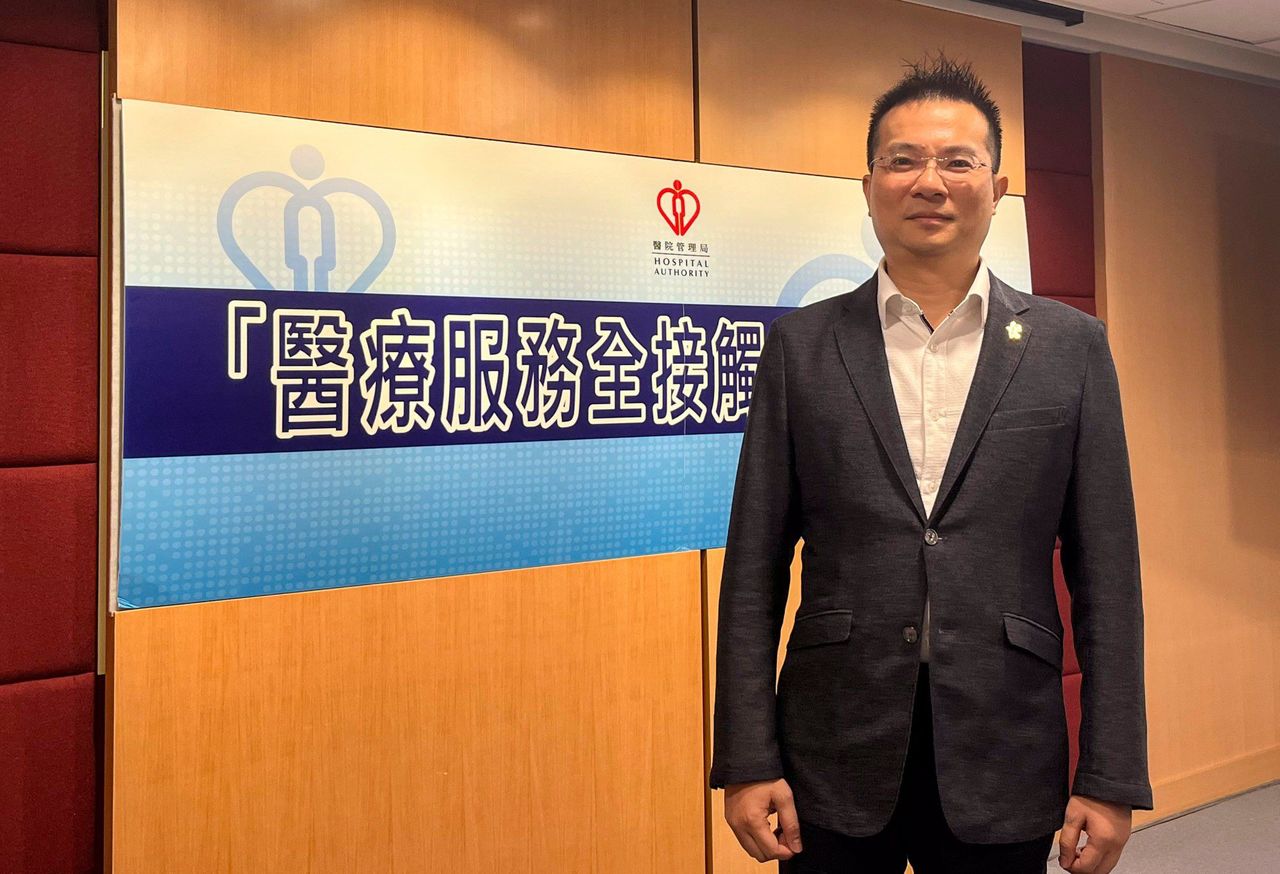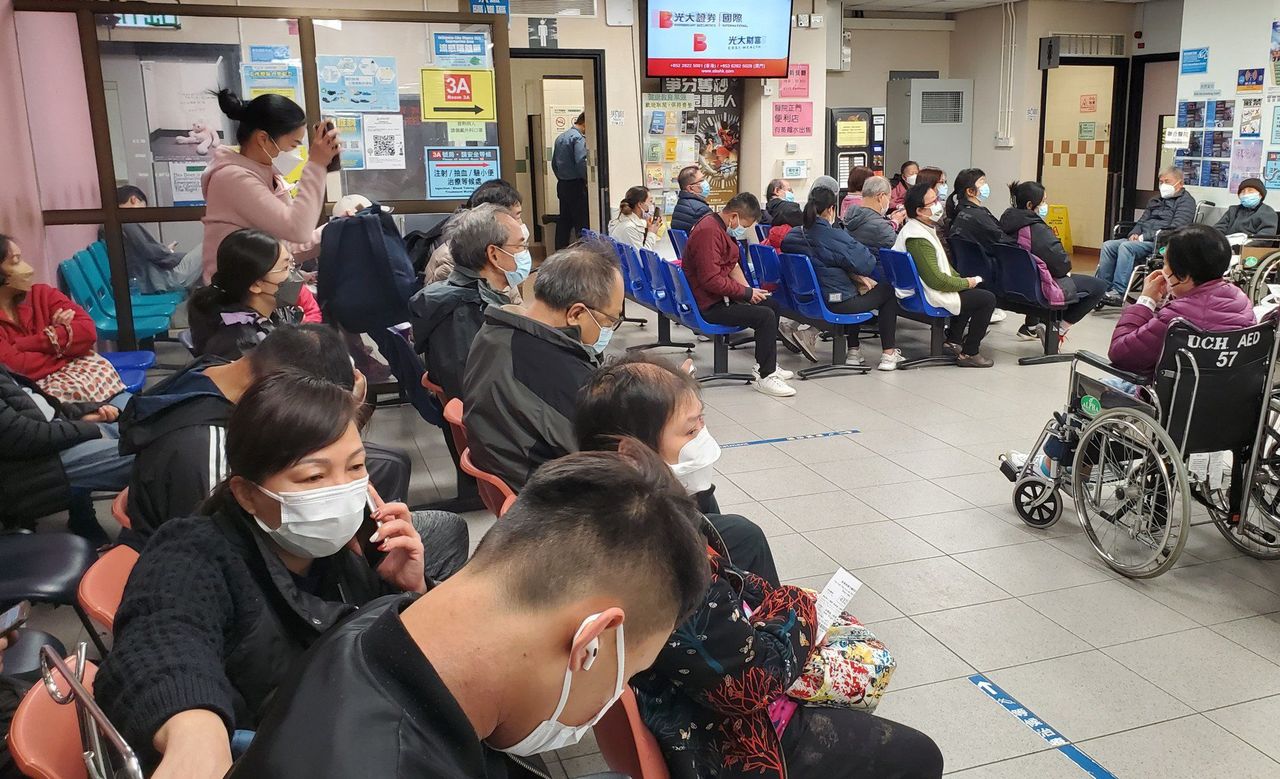Hong Kong News

Eligible Hong Kong cancer survivors to benefit from public-private partnership
Some cancer survivors at Hong Kong’s public hospitals and clinics will be able to seek follow-up consultations from private practitioners at subsidised rates from next year, as part of an effort to shorten the queue for specialist care, health authorities have said.
The initiative, expected to cover lymphoma patients first, is among more than a dozen public-private partnership schemes rolled out by the Hospital Authority in recent years to alleviate the healthcare burden against the backdrop of a rapidly ageing population and early occurrence of chronic illnesses.
Launched in 2014, the programme allows patients in stable condition to receive up to 10 subsidised visits per year at private clinics of their choice for chronic and episodic illnesses after being referred by public doctors.
 Dr Frank Chan, the Hospital Authority’s chief manager of service transformation.
Dr Frank Chan, the Hospital Authority’s chief manager of service transformation.
Dr Frank Chan, the authority’s chief manager of service transformation, said that in the long run it was hoped patients could monitor and follow up on their condition with their family doctors.
“Whenever they feel unwell, they will think of the family doctor instead of visiting the accident and emergency unit or specialist clinics. That’s what we hope to change,” he said.
Lymphoma survivors were chosen to be the first batch of oncology patients covered by scheme because of their relatively stable condition and simpler follow-up treatments.
Chan said they would have discussions with experts and he expected the programme to be rolled out in the first half of next year.
“Those cancer survivors have largely recovered but have to see a doctor regularly to monitor the situation. We wish to refer them to family doctors for follow-up consultations to free up more spaces at specialist clinics for new cases.”
More than 650 private doctors have registered with the authority under the programme, which already covers stable cases of diabetes and hypertension.
Stable cases seeking internal medicine, orthopaedics, traumatology or psychiatry care at specialist clinics were also accepted in 2021.
More than 49,000 patients, of which 1,400 were from specialist clinics, benefited from the programme last year, and the quota would be further increased to 56,000 in 2023-24, Chan added.
“The co-care service model is still a new concept [to patients on specialist care],” Chan said.
“Most patients prefer to stay with public doctors because they are satisfied with the service. It will take time to persuade patients to join the programme … our various departments, as well as our private counterparts, will need time to adapt to this model, too.”
Patients’ rights advocate Tim Pang Hung-cheong from the Society for Community Organisation agreed that most people, especially the elderly, preferred to stay with public clinics.
“Patients are often worried about higher medical charges at private clinics and not being able to go back to the public sector for treatment in case their condition worsens. Education efforts must be made to ease their worries,” he said.
“Elderly patients lack an incentive to join the scheme because they have plenty of time to wait, unlike the working population.”
In addition to expanding the scope of the service to include more specialties and illnesses, the government could consider selecting new cases in the middle or end of the queue, whose conditions remained uncertain, to go to private clinics, he said.
According to the authority’s latest figures, the median waiting time for stable new cases at specialist outpatient clinics ranges from nine to 167 weeks across specialties and hospitals.
On top of the programme, the authorities are also seeking to work with private laboratories to provide subsidised blood, urine, sputum and resting electrocardiogram tests, which will start as soon as the third quarter of this year.
In the past, patients already seeing private doctors under the programme had to return to public hospitals for certain tests.
 Patients wait for treatment at United Christian Hospital in Kwun Tong.
Patients wait for treatment at United Christian Hospital in Kwun Tong.
“For example, diabetes patients, even in stable condition, must do blood tests regularly, say once or twice a year. We hope referring them to private laboratories could provide more flexibility,” Chan said.
He added the authorities would continue to adjust the quota of other partnership programmes, including haemodialysis, diagnostic radiology services, cataract, breast cancer, and bone fracture surgery, according to demand while managing public money prudently.
However, some partnerships launched during the Covid-19 pandemic, including subsidised telemedicine and drug delivery services, would end following the full resumption of services at public hospitals.
“When deciding whether to start partnerships, patient safety is our top priority, so we have to carefully assess the quality of the service and the capacity of the private practitioners,” Chan said.
“We also have to consider whether those programmes would encourage our healthcare workers to leave for private practice, especially when we are facing a manpower crunch.”
According to figures from the Health Bureau, more than HK$500 million (US$63.7 million) was spent on public-private partnerships in the last financial year.
The authority uses investment returns from the HK$10 billion Public-Private Partnership Endowment Fund allocated in 2016 to start partnership programmes.
But Pang expressed concern over the long-term financial stability of the authority, on the off chance that the current financing mode could no longer cater to the rising expenditure on partnership programmes.
He hoped the government and the authority could plan for such scenarios and guarantee funding for regular services would not be affected.











